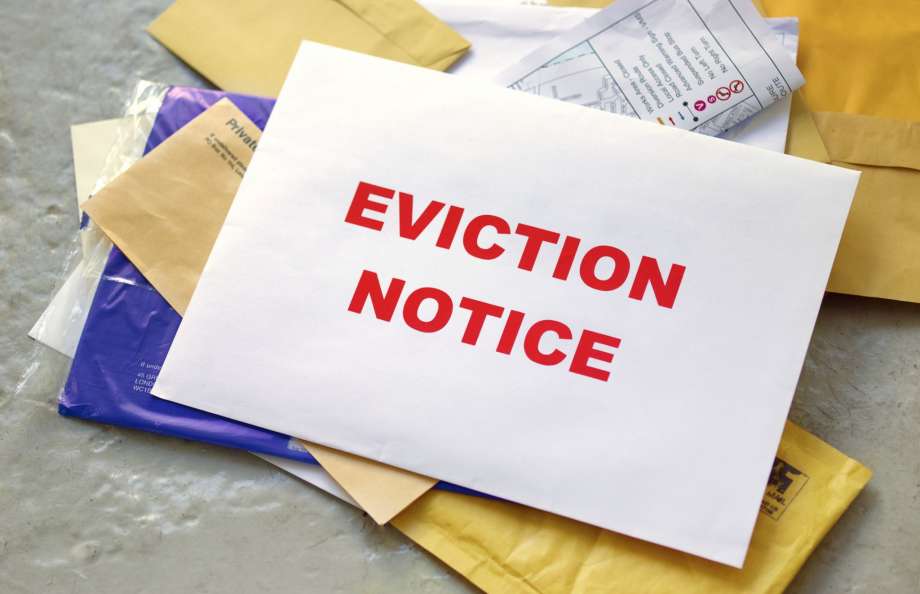Approximately 7 million students will begin learning within an online classroom for the 2020-2021 school year.
What We Know:
- Across the United States, school districts are taking precautionary measures to curtail the spread of coronavirus. According to CNN, 62 of the largest 101 districts in the US will participate in online learning in response to COVID-19.
- New York City is home to the largest school district in the country with over 1.1 million students enrolled. Last week, Mayor Bill de Blasio confirmed that classes in New York City will be offered both entirely remote or blended, “We’re going to have social distancing in every classroom. We’re going to have face coverings on every adult and child. We are doing everything you’ve ever heard of to keep our schools safe. And, again, all of our health professionals are working on that together.”
- This distanced or remote learning environment comes under emergency conditions. In this environment, students are prompted to use online video communication technology, live chat rooms, and learning infrastructures.
- Many students are facing major inequalities in response to the new, virtual environment. Remote learning only exacerbated the inequalities many of the students at a disadvantage already faced. These inequalities include things like a lack of access to computers or a reliable internet connection, a lack of support for students with a limited understanding of English, and many other deficits.
- In some cases, online learning puts a lot of emphasis on the parents to facilitate that their child is comprehending the work. A photo of two children using WIFI outside of Taco Bell in order to participate in the new, everchanging virtual learning environment went viral on social media. Ultimately, revealing the extremely grim impacts this new environment will have on a particular demographic of students.
Across the United States, many students will be affected by evolving learning environments in response to the pandemic.



